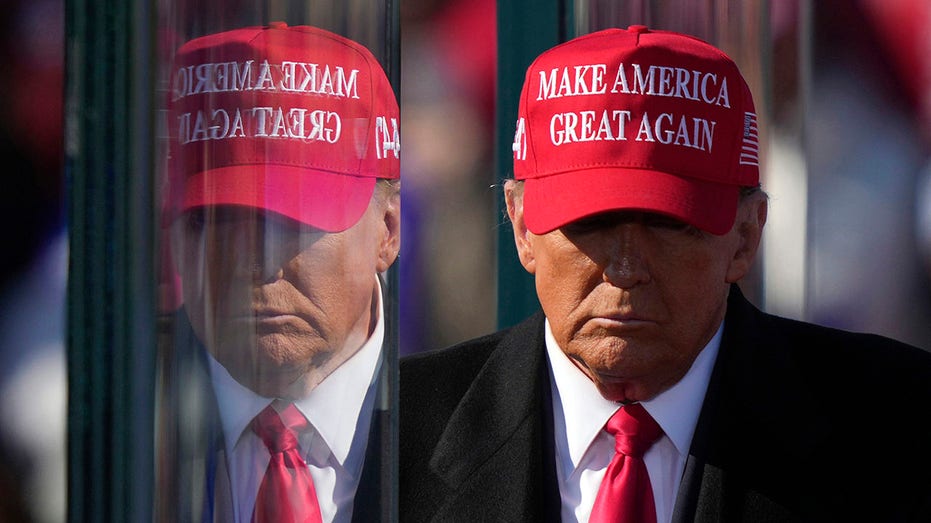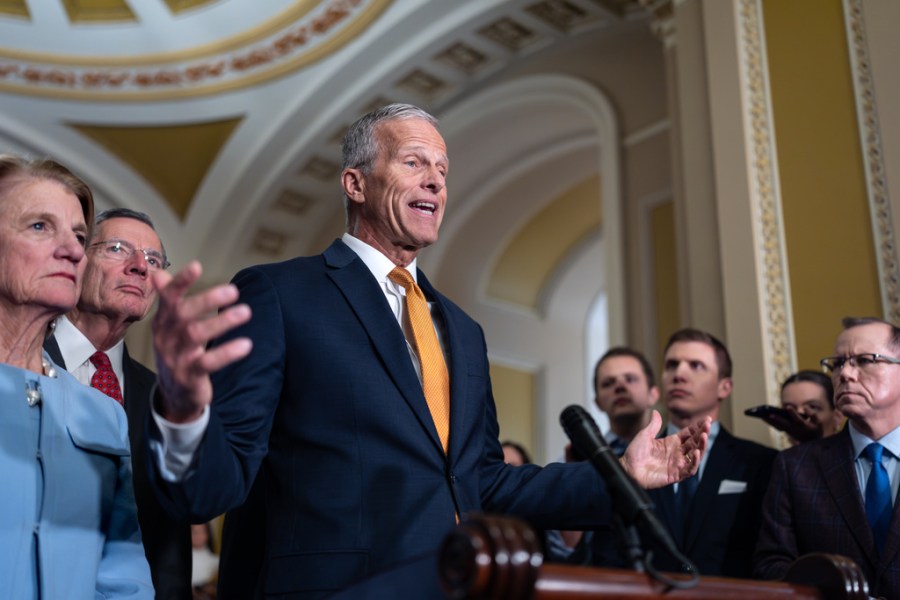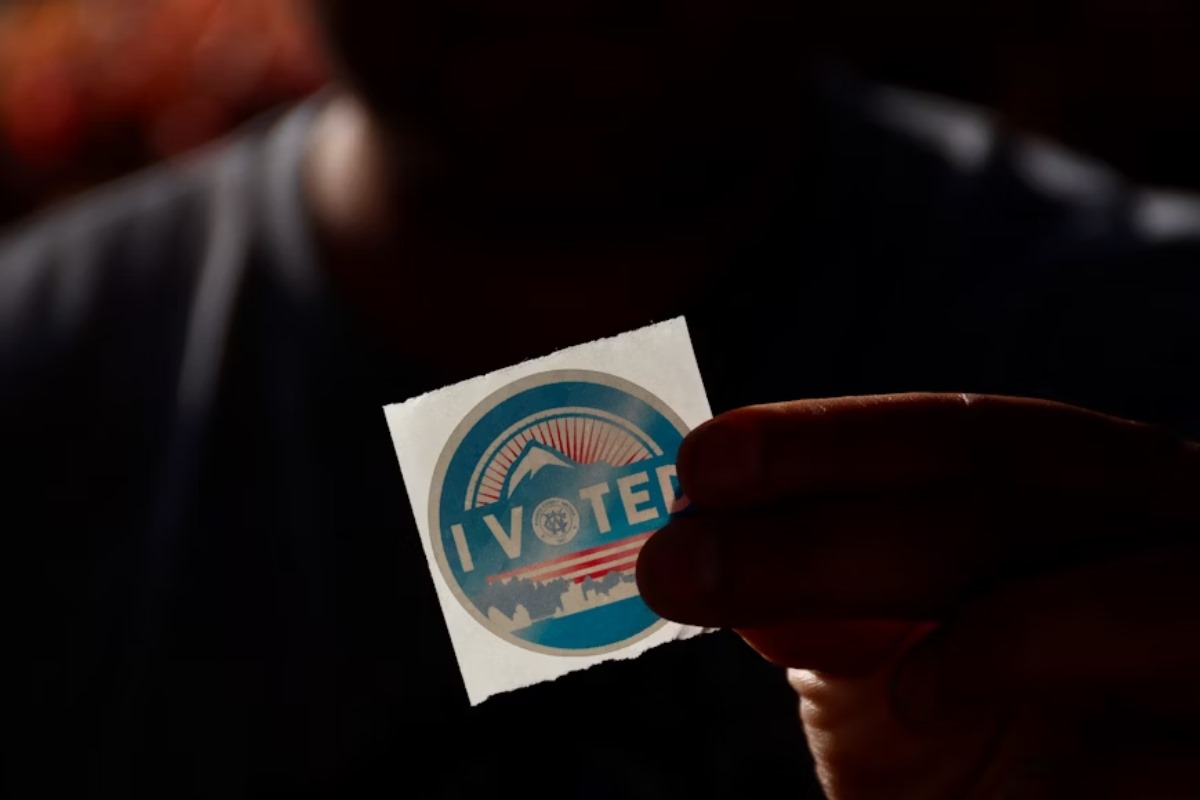A jury has acquitted Peter Stinson of soliciting violence against former President Donald Trump, raising significant questions about the boundaries of free speech under the First Amendment. The verdict, delivered swiftly after a two-day trial, comes amid increasing scrutiny of political rhetoric and its implications for public safety.
Stinson, a former Coast Guard officer, faced allegations for comments made online, where he expressed a desire for Trump’s assassination. Court documents indicated he wrote that “the only solution is violence” and suggested he would “twist the knife” into Trump’s body. His defense team argued that these statements were protected political advocacy rather than true threats.
Legal Implications of the Case
The jury’s decision has sparked a debate on what constitutes protected speech versus incitement to violence. Notably, Stinson’s defense included testimony from Jen Golbeck, a professor at the University of Maryland, who noted that hostile sentiments towards Trump are prevalent online. Golbeck stated, “I can’t count the number of people who I saw post similar things,” suggesting that such expressions are not uncommon in today’s political climate.
Brennen VanderVeen, from the Foundation for Individual Rights and Expression, emphasized that solicitation requires a direct link to the crime. He commented, “Without more… that probably does not meet the elements of actual solicitation,” pointing out that Stinson did not specifically direct his comments to any individual to carry out the crime.
The Department of Justice initially charged Stinson with two counts of threatening the president but later reduced it to one solicitation charge. Prosecutors argued that Stinson’s self-identification as a member of Antifa and his violent rhetoric warranted the charges. Yet, the jury found insufficient evidence to categorize his speech as more than mere hyperbole.
Context of Political Violence
This acquittal occurs in a climate where political violence has become a pressing concern, particularly following the assassination of conservative activist Charlie Kirk. The recent rise in threats against political figures has prompted discussions around free speech and its limits.
Cases involving threats against prominent figures, including Brett Kavanaugh, have also highlighted the complexities of legal definitions surrounding incitement and threats. For instance, a man previously convicted for attempting to harm Kavanaugh took concrete actions, such as searching for mass shootings and arriving armed at Kavanaugh’s residence.
Political leaders frequently report receiving threats, with the conversation around “hate speech” becoming increasingly contentious. Pam Bondi, Attorney General, noted after Kirk’s death that “the DOJ would absolutely target anyone with hate speech,” although she later clarified that not all speech crossing into contentious territory is criminal.
VanderVeen added clarity on the distinction between incitement and protected speech, stating, “Incitement is more about the imminence.” He noted that a direct connection between inflammatory speech and subsequent violence is necessary for legal action to be taken.
As the conversation around political rhetoric continues to evolve, the Stinson case underscores the delicate balance between free speech and public safety, challenging legal interpretations and societal norms alike. The implications of this verdict will likely resonate through future discussions about the First Amendment and its role in contemporary political discourse.







